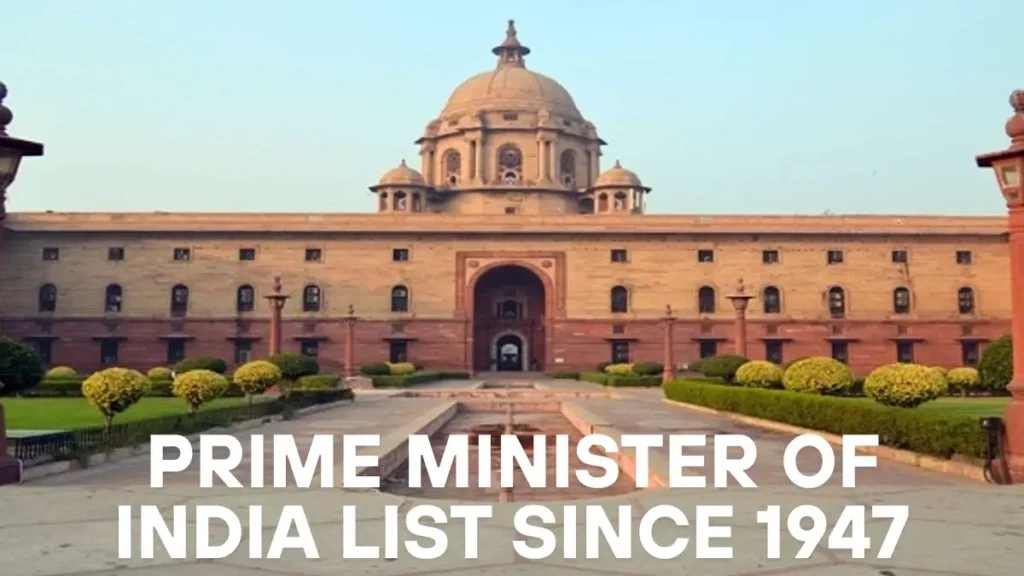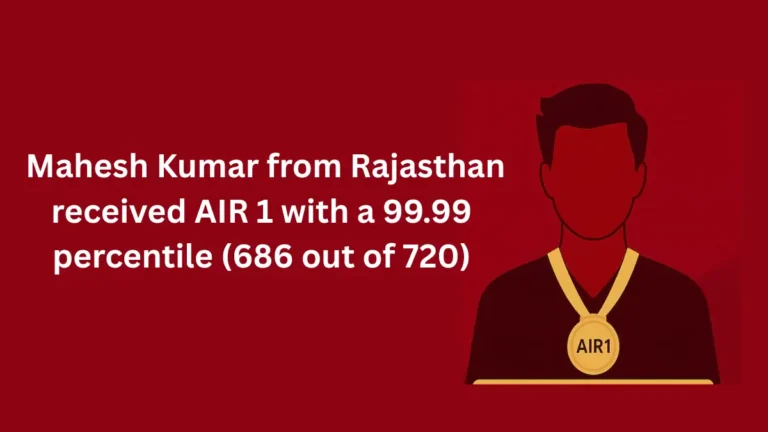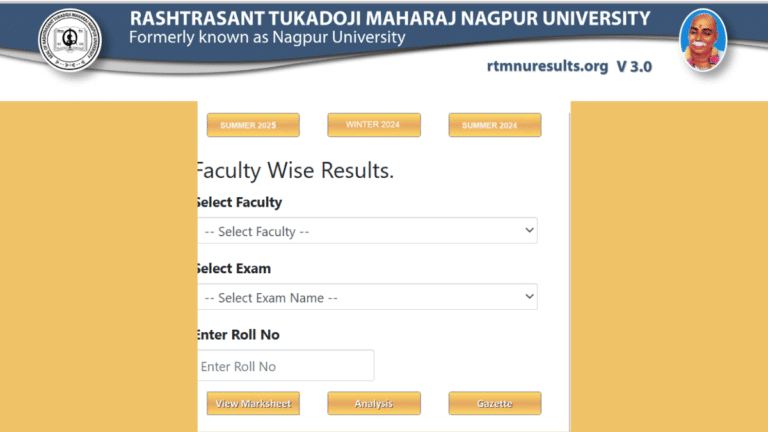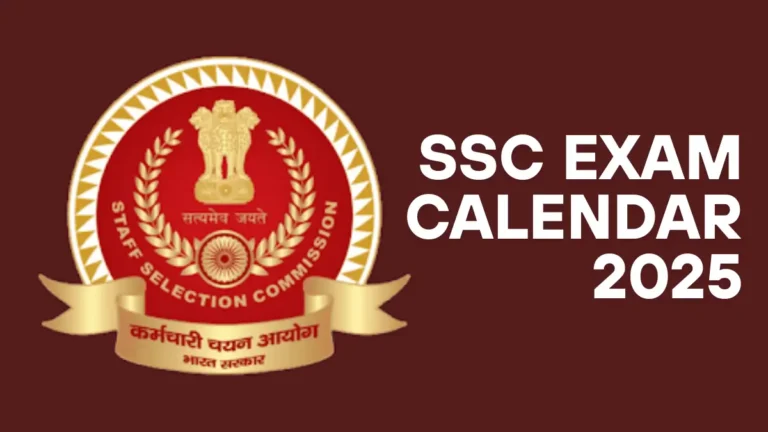
The Prime Minister of India leads the Government of India and the Union Council of Ministers. Since India’s independence in 1947, several notable persons have occupied the role of Prime Minister, motivated by a desire to serve the nation. The Prime Minister is appointed by the President but must have the support of the majority in the Lok Sabha.
Shri Narendra Modi is currently the Prime Minister of India, having held office since 2014. He is India’s 14th Prime Minister and has served three consecutive terms. He took the Prime Minister’s Oath on June 9, 2024. On this page, we have shared the Prime Minister of India List from 1947 to 2025, which is very crucial to know as an Indian citizen. Jai Hind.
Prime Minister of India List From 1947 to 2025
India has had 14 Prime Ministers since 1947, beginning with Jawaharlal Nehru. Notably, Indira Gandhi was the first female Prime Minister, and the Nehru-Gandhi family has held the position for almost 38 years. Narendra Modi of the BJP has been Prime Minister since 2014, gaining consecutive terms in 2019 and 2024, becoming only the second person after Nehru to do so. Take a look at the Prime Minister of India List from 1947 to 2025 given below
| SL No. | Name | Start of Term | End of Term | Duration in years and days | Party |
| 1 | Jawaharlal Nehru (1889–1964) | 15 August 1947 | 27 May 1964 | 16 years, 286 days |
Indian National Congress
|
| 2 | Gulzarilal Nanda (1898–1998) | 27 May 1964 | 9 June 1964 | 13 days | – |
| 3 | Lal Bahadur Shastri (1904–1966) | 9 June 1964 | 11 January 1966 | 1 year, 216 days | – |
| 4 | Indira Gandhi (1917–1984) | 24 January 1966 | 24 March 1977 | 11 years, 59 days |
Indian National Congress (R)
|
| 5 | Morarji Desai (1896–1995) | 24 March 1977 | 28 July 1979 | 2 years, 126 days | Janata Party |
| 6 | Charan Singh (1902–1987) | 28 July 1979 | 14 January 1980 | 170 days |
Janata Party (Secular)
|
| 7 | Indira Gandhi (1917–1984) | 14 January 1980 | 31 October 1984 | 4 years, 291 days |
Indian National Congress (I)
|
| 8 | Rajiv Gandhi (1944–1991) | 31 October 1984 | 2 December 1989 | 5 years, 32 days |
Indian National Congress
|
| 9 | Vishwanath Pratap Singh (1931–2008) | 2 December 1989 | 10 November 1990 | 343 days | Janata Dal |
| 10 | Chandra Shekhar (1927–2007) | 10 November 1990 | 21 June 1991 | 223 days |
Samajwadi Janata Party (Rashtriya)
|
| 11 | P. V. Narasimha Rao (1921–2004) | 21 June 1991 | 16 May 1996 | 4 years, 330 days |
Indian National Congress (I)
|
| 12 | Atal Bihari Vajpayee (1924–2018) | 16 May 1996 | 1 June 1996 | 16 days |
Bharatiya Janata Party
|
| 13 | H. D. Deve Gowda (born 1933) | 1 June 1996 | 21 April 1997 | 324 days | Janata Dal |
| 14 | Inder Kumar Gujral (1919–2012) | 21 April 1997 | 19 March 1998 | 332 days | – |
| 15 | Atal Bihari Vajpayee (1924–2018) | 19 March 1998 | 22 May 2004 | 6 years, 64 days |
Bharatiya Janata Party (NDA)
|
| 16 | Manmohan Singh (1932-2024) | 22 May 2004 | 26 May 2014 | 10 years, 4 days |
Indian National Congress (UPA)
|
|
17
|
Narendra Modi (born 1950)
|
26 May 2014 | May 2019 |
10 years, 192 days
|
Bharatiya Janata Party (NDA)
|
| May 30, 2019 | June 2024 | ||||
| June 9, 2024 | Incumbent |
longest-serving Prime Minister in India
Jawaharlal Nehru is the longest-serving prime minister in India. Since India’s independence in 1947, several notable persons have occupied the role of Prime Minister, motivated by a desire to serve the nation. Jawaharlal Nehru, the first Indian Prime Minister, entered office on August 15, 1947, and formed a cabinet of 15 members. As India’s longest-serving Prime Minister, he represented the Indian National Congress Party (INC) and was in power for almost 16 years and 286 days.


